Best Children’s Books With Characters Who Have Learning Differences
This post may contain affiliate links.
Want to know another very underrepresented group in children’s books? People with learning differences.
For children who are challenged with learning differences (disabilities), seeing a person like yourself in a story is quite affirming. In fact, Rick Riordan said that’s why he wrote Percy Jackson for his son, who, like Percy, has ADHD and dyslexia.
And for children without a learning difference, they’ll be able to glimpse into the life of a person who does. That’s empathy building!
I debated about including autism and Asperger‘s in this round-up of books. However, I’ve decided to dedicate an entire post to a book list with characters on the autism spectrum.
We need more representation but here’s a start… a list of picture books, chapter books, and middle grade books that show characters with learning differences. The list below shows ADHD, dyslexia, SPD, and general reading and learning disabilities.
Learning Differences in Picture Books
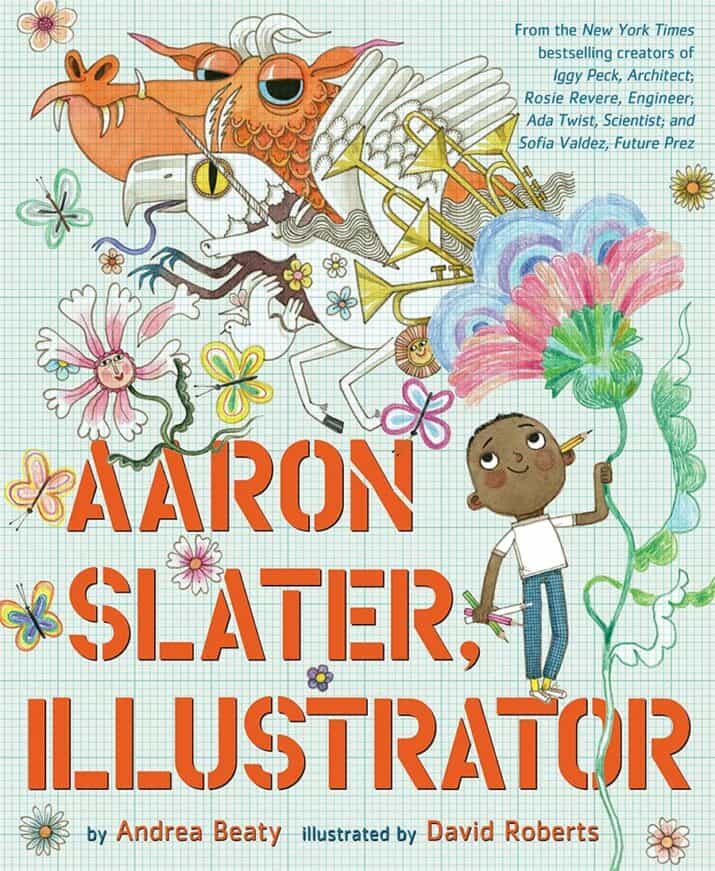
Aaron Slater, Illustrator by Andrea Beaty, illustrated by David Roberts
DYSLEXIA
I love all the books in this series but this is my new favorite because it shows that having a learning disability doesn’t prevent you from communicating! It’s about a boy named Aaron, an artist and storyteller, who struggles with reading. When his teacher Miss Greer assigns the students to write a story, Aaron draws his story instead. He uses his artwork to help him tell his story to the class — which both the teacher and his classmates love. His art helps him find the words while he works hard to improve his reading little by little.
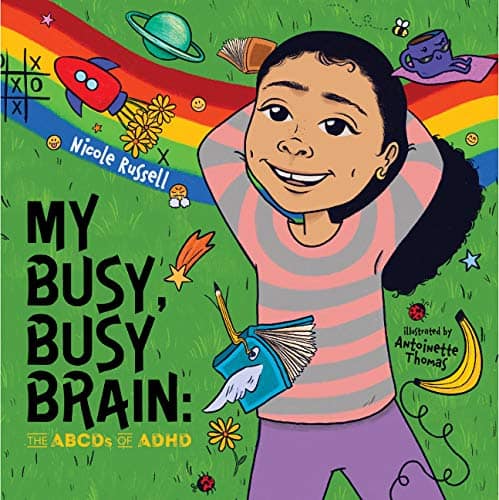
My Busy, Busy Brain: The ABCDs of ADHD by Nicole Russell
ADHD
The story realistically captures how Nicole’s brain zig-zags with things that she notices, making it hard for her to pay attention in school. Her teacher and classmates show acceptance of Nicole’s ADHD brain; some classmates also share that they have ADHD, too. Nicole is proud of herself for speaking up for herself and sharing about how her brain works.
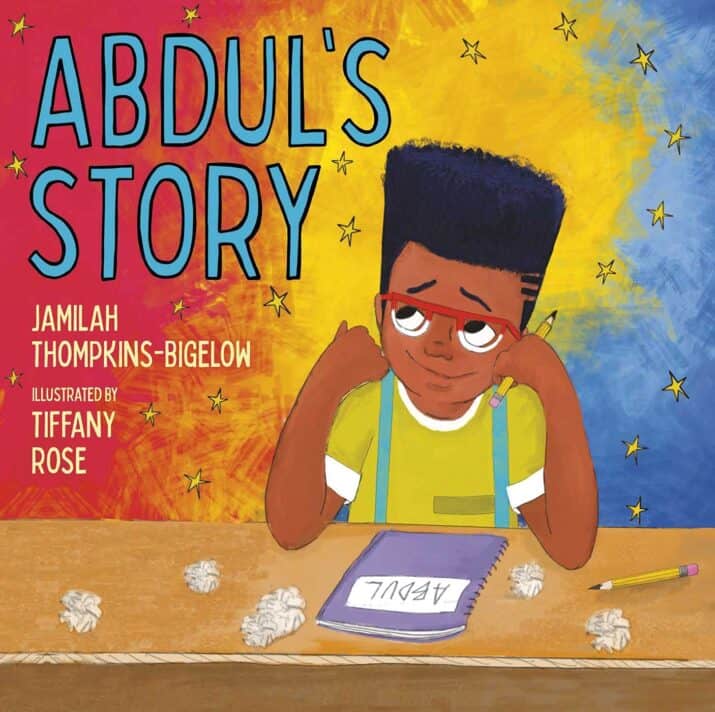
Abdul’s Story by Jamilah Thompkins-Bigelow, illustrated by Tiffany Rose
WRITING DISABILITIES
Abdul loves stories but struggles with getting the words down on paper. When a visiting writer helps teach the class, all the students learn that good writing is more than spelling and handwriting — it’s good ideas and the rest can come later. It’s an important lesson for ALL kids, parents, and teachers and shows that learning disabilities don’t mean lacking ideas or intelligence.
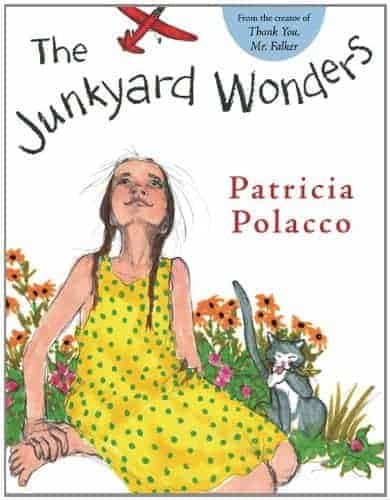
The Junkyard Wonders by Patricia Polacco
LEARNING DIFFERENCES
I love this book so much about the “special” or “junkyard” class of kids with learning differences. Their teacher, the amazing Mrs. Peterson, helps each child find their talent and gifts.
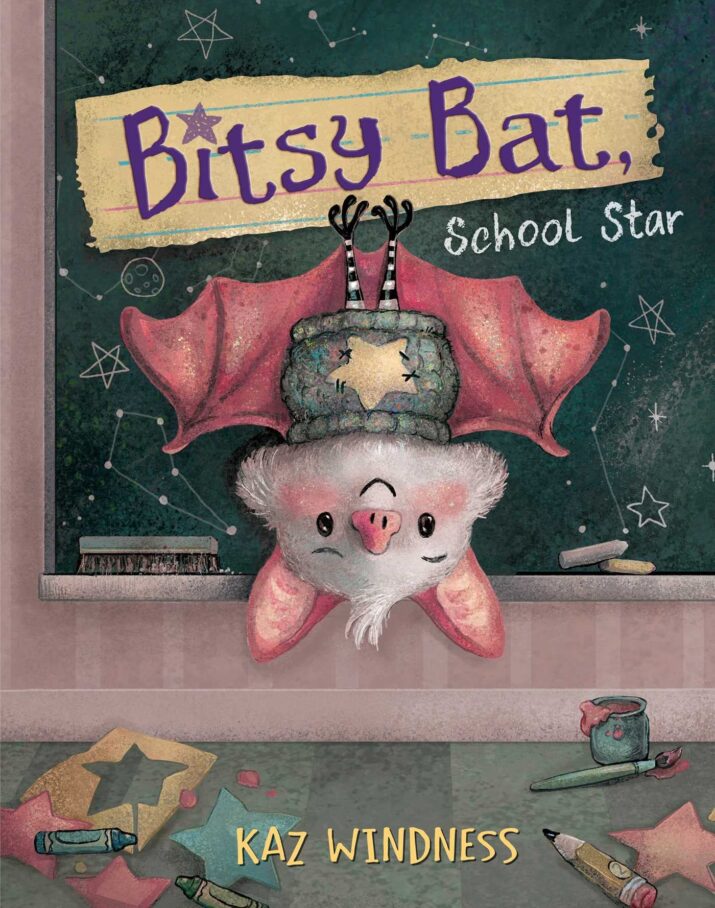
Bitsy Bat School Star by Kaz Windness
Bitsy Bat is excited about school…but once she’s there, her differences (sitting upside down, painting with her feet, eating different foods) feel overwhelming, and she has a meltdown. Her parents remind her that it’s okay to be different than her classmates. The next day, Bitsy adds sunglasses and headphones and shares an idea with her teacher. Soon all the children are making stars describing what makes them special. This is a joyful celebration of being yourself, starring a neurodivergent bat who helps her classmates see what makes them special, too. The artwork is ADORABLE and so visually appealing!
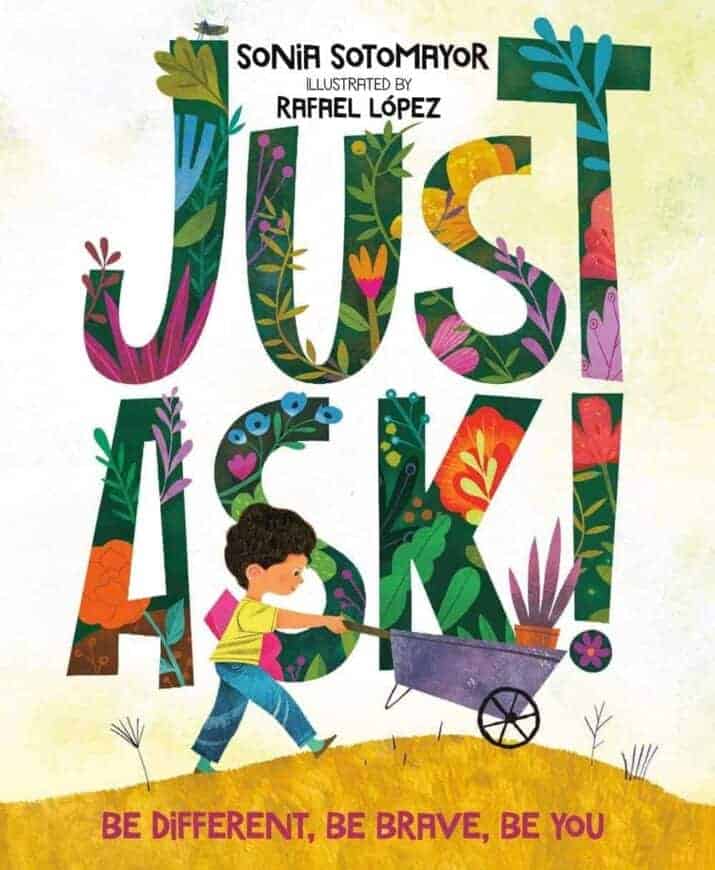
Just Ask! Be Different, Be Brave, Be You by Sonia Sotomayor, illustrated by Rafael Lopez
NEURODIVERSITY
A must-own lavishly-illustrated book that is both eye-opening and empathy-building as it increases a reader’s understanding of others; in particular, other people with physical and neurological differences. Each two-page spread features a different kid who introduces themselves and their difference and then asks a question of the readers. The book features kids with autism, a wheelchair, dyslexia, Tourette’s syndrome, ADHD, food allergies, Down syndrome, and more. It shows all these kids working together to plant a garden, showing that just like the variety of plants in the garden, our differences make the world more interesting and richer.

A Walk in the Words by Hudson Talbott
READING DISABILITY
This memoir shares the stress and difficulties the author had with reading, especially compared to others who read books without trouble. Eventually, he figured out ways to read on his own by looking at words differently.
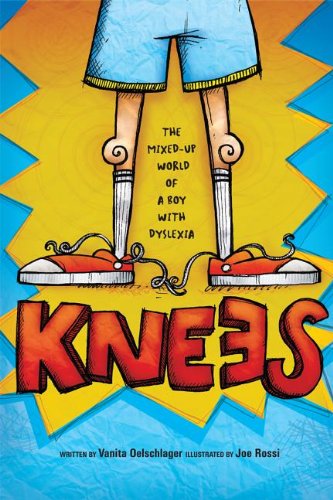
Knees: The Mixed Up World of a Boy with Dyslexia by Vanita Oelschlager and Joe Rossi
DYSLEXIA
Well-paced and illustrated, you’ll find this to be an easy-to-read and understand picture book about life with dyslexia.
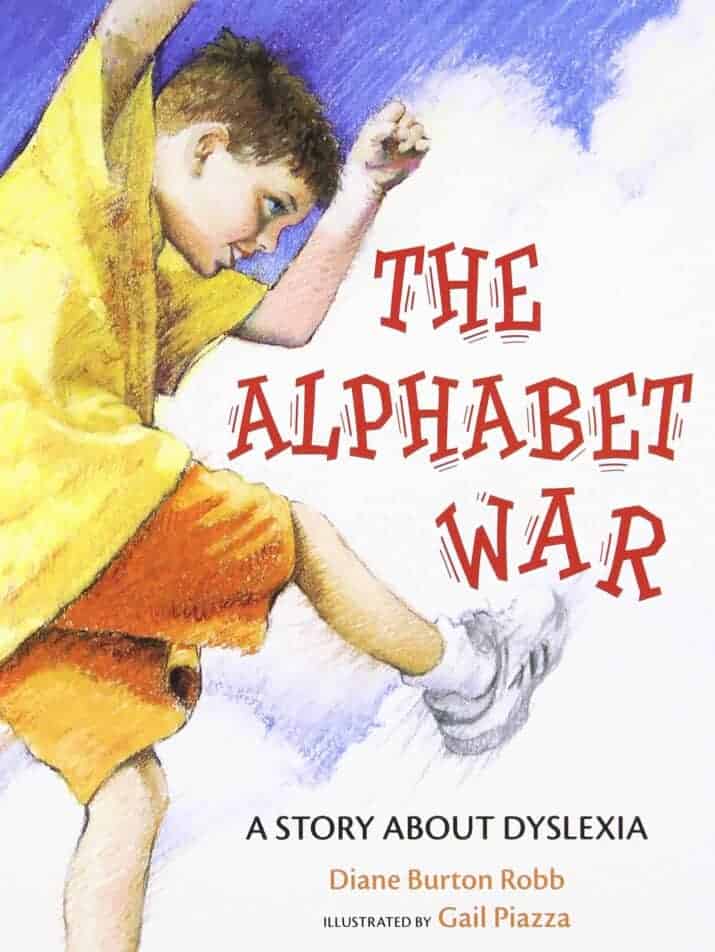
The Alphabet War by Diane Burton Robb
DYSLEXIA
Kindergartener Alex finds that letters trick his brain –– he mixes up bs and ds, for example, and it seems like he’s in a war with the alphabet.
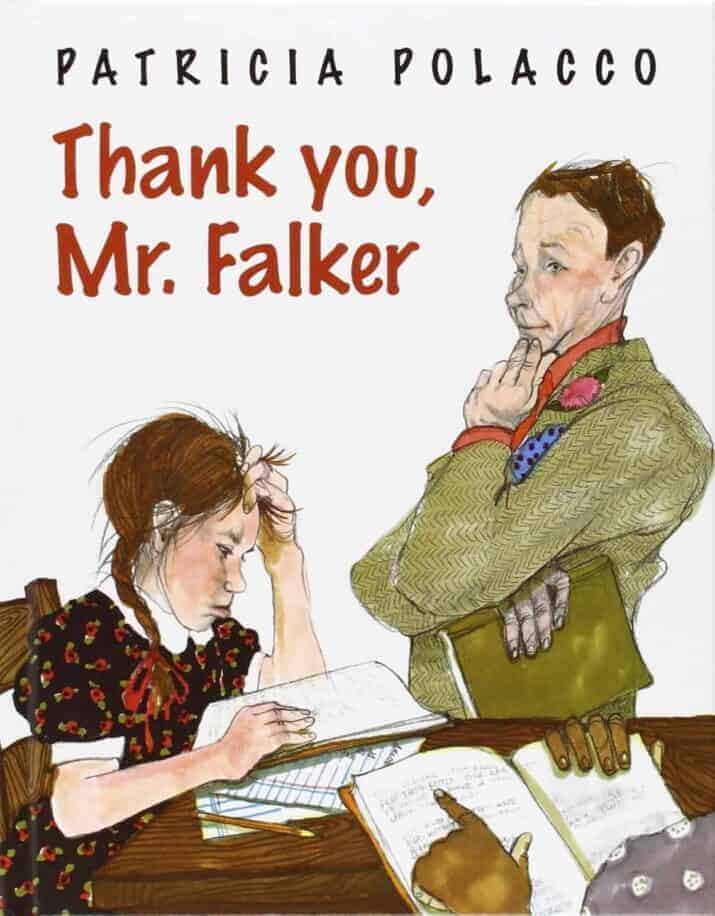
Thank You Mr. Falkner by Patricia Polacco
READING ISSUES
Mr. Falker changes everything for 5th grader, Trisha. He helps her learn to read! I love this picture book story based on the author’s life.
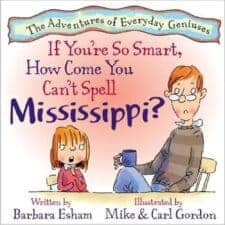
If You’re So Smart, How Come You Can’t Spell Mississippi? (A Story About Dyslexia) by
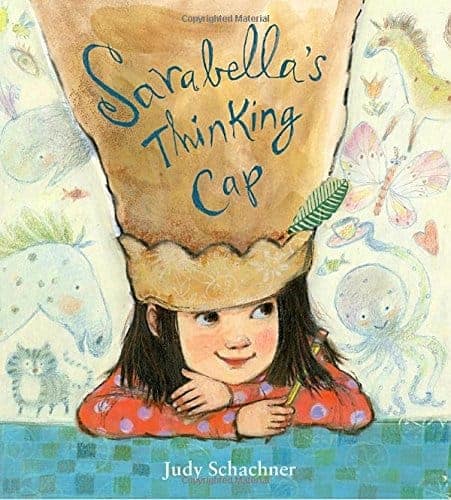
Sarabella’s Thinking Cap by Judy Schachner
ADHD
Learning Differences in Chapter, Middle Grade, & YA Books (Ages 7 – 18)
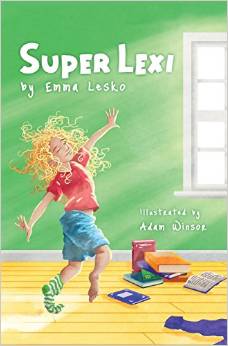
Super Lexi by Emma Lesko, illustrated by Adam Winsor (ages 7- 9)
SENSORY PROCESSING DISORDER, ADHD
As Lexi describes her feelings and reactions, we begin to understand that she has some differences than many other kids such as noises affect her strongly and she has phobias. Sometimes she just curls up into a ball. But she is the same as other kids, too — she has a fantastic imagination, loves art, and likes having a friend.
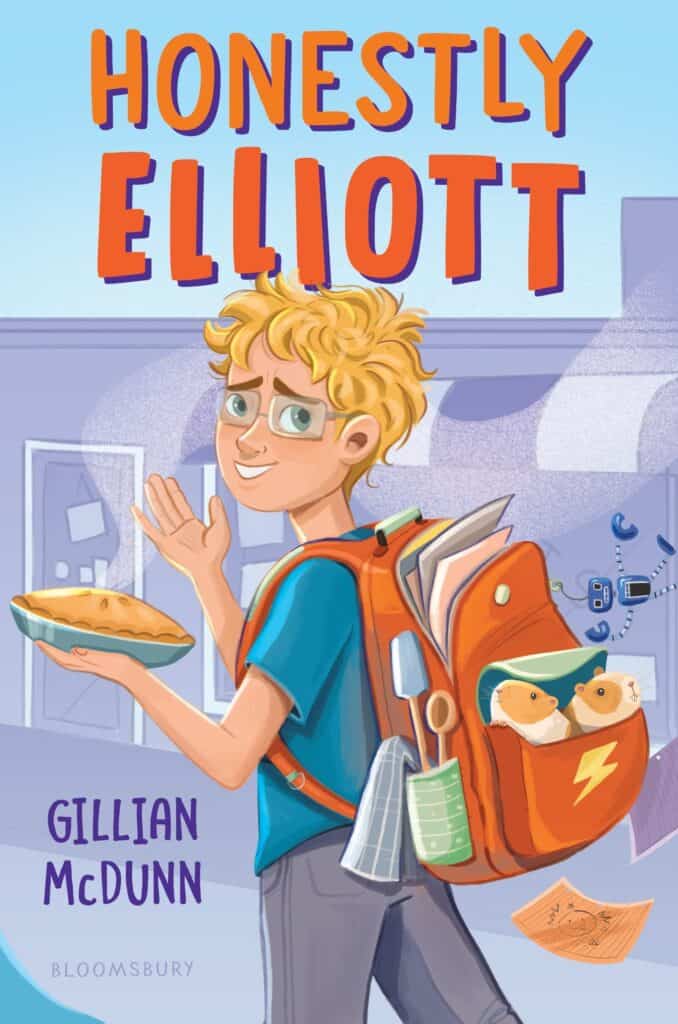
Honestly Elliott by Gillian McDunn (ages 9 – 12)
ADHD
Elliott’s shuttling between his dad and mom’s houses. He’s often overwhelmed with emotions, particularly anger and sadness since his parent’s divorce and his stepmom’s pregnancy, not to mention that his ADHD makes it hard to focus. Also, his dad’s constant criticisms aren’t helping either. (I really disliked the dad for most of this story.) Worst of all, his dad won’t let Elliot do his favorite thing– cook. For a buy-local school project, Elliot pairs up with a girl who has Celiac disease. Not only do they become good friends but Elliott’s rigid black-and-white thinking softens as he opens to different perspectives, including his new friend’s. I love how the author normalizes therapy, ADHD, and Celiac disease and gives the characters great arcs. (The dad comes around and Elliott grows into new ways of seeing the world.)

Fish in a Tree by Lynda Mullally Hunt
DYSLEXIA
Both Ally and her older brother have hidden that they can’t read –– until Mr. Daniels helps Ally learn to read and she discovers her true value. It’s a beautiful, emotional story that will help kids understand what it’s like to have dyslexia.
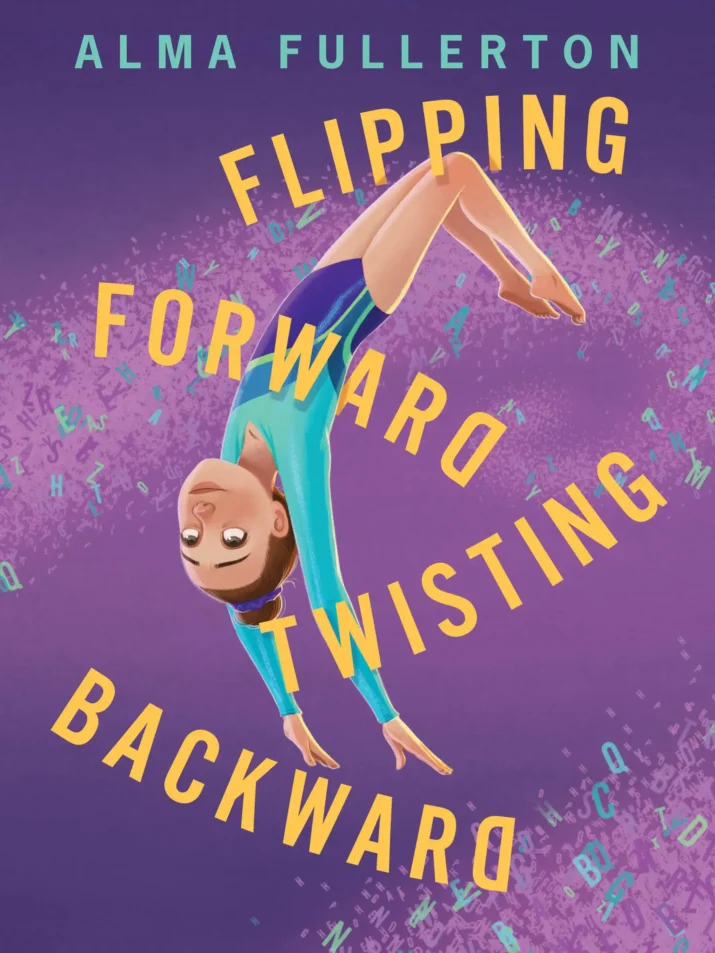
Flipping Forward Twisting Backwards by Alma Fullerton
DYSLEXIA
Claire is the best at gymnastics, but she’s not the best at reading. In fact, she can’t read AT ALL–and has fooled everyone for years. She lashes out to protect her secret and gets sent often to the principal. The principal figures out that Claire needs learning testing, but Claire’s mom is adamantly against testing. Claire’s friends, her sister, and a supportive teacher help her with word recognition — but she continues to ask her mom to let her get tested, which she eventually does. There’s so much to love about this fast-paced book in verse. I love that Claire is a fully developed character with efficacy who shows readers (and her mom( that having a learning disability doesn’t mean you’re not smart, it means your brain learns differently.
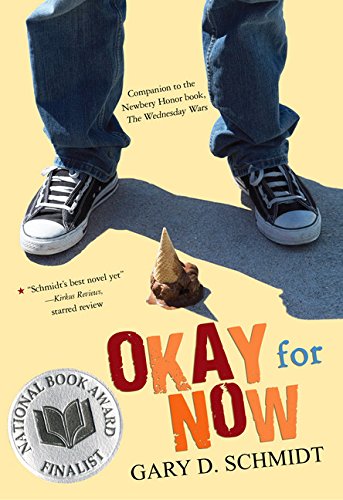
Okay for Now by Gary D. Schmidt
READING DISABILITIES – ILLITERACY
This is one of the best books I’ve ever read. The main character, Doug, is struggling to read while living in poverty with an abusive dad and older brother. What saves him is connecting to a kind librarian who shows him Audobon’s bird paintings — and how to draw. It’s excellent!!!!
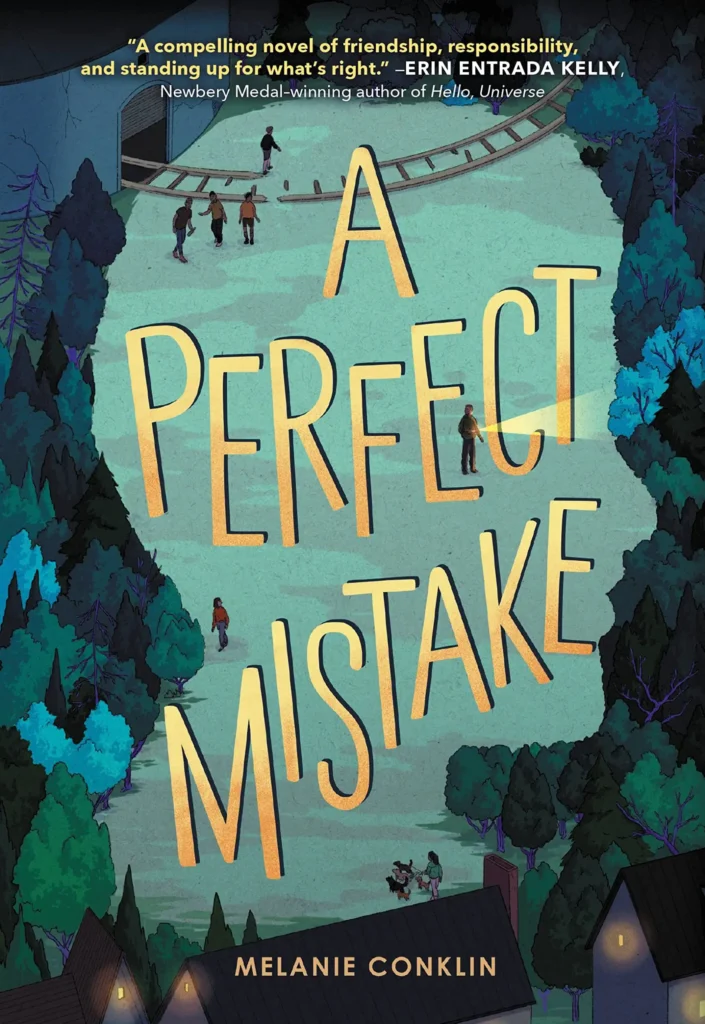
A Perfect Mistake by Melanie Conklin
ADHD
This is a great read for anyone who likes mystery, adventure, and well-developed, interesting characters. Max is living with the tragic aftermath of a night out that left one of his best friends in a coma. Initially, Max doesn’t want to think about what happened when he snuck out to the Res because he left before his friends did. While he’s trying to navigate school with ADHD and being exceptionally tall, Max also decides he must find out what happened to his friend. And he and a new friend named Sam discover that more than one person is lying.
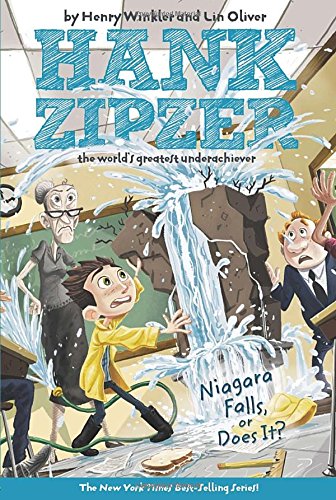
Hank Zipzer by Henry Winkler (ages 7 – 9)
LEARNING DIFFERENCES
Hank is a lovable, very relatable kid who has a most creative, unique brain which makes for lots of delightful and fun adventures.
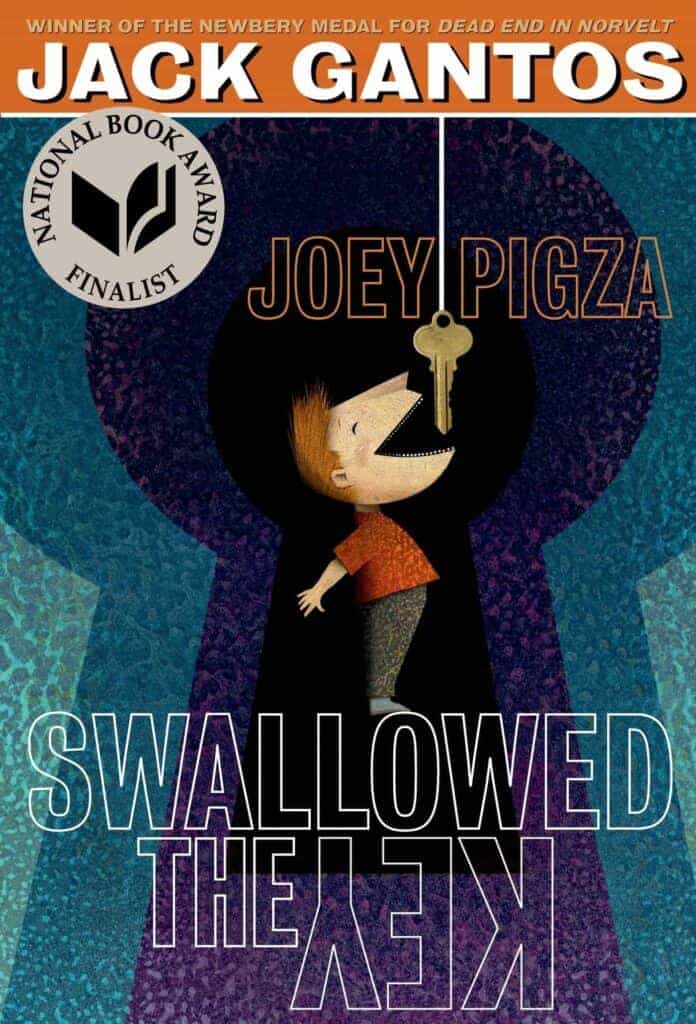
Joey Pigza Swallowed the Key (series) by Jack Gantos (ages 7 – 9)
ADHD
Joey’s a hyperactive child with ADHD whose impulsive choices often get him in trouble.
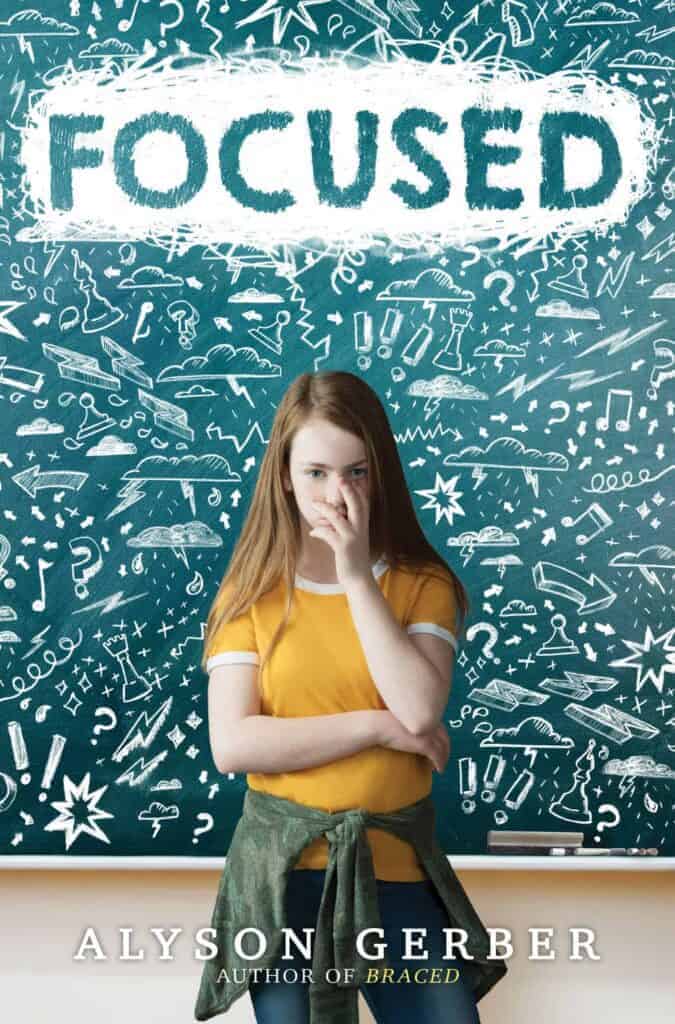
Focused by Alyson Gerber
ADHD
Clea is a chess-loving girl who gets distracted easily (except when she can hyper-focus in chess) and it’s becoming a problem, especially in school but also with friends. She’s resistant to testing, refusing to believe she could have ADHD. But blurting out things and living with regret, she feels like she’s not in control. As she learns more about her brain, she realizes that she can figure out strategies to help her keep focused. Readers who don’t have ADHD will get a glimpse into the way this kind of brain works. It is exactly like what my oldest daughter who has ADHD tells me it’s like with thoughts bouncing all over the place. Important and insightful.
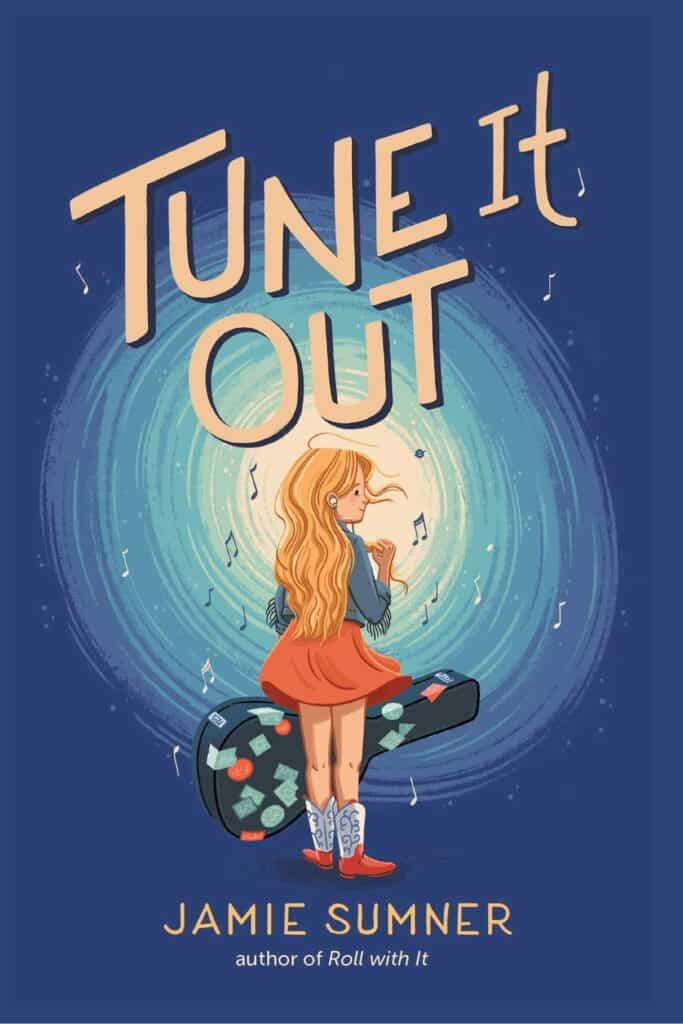
Tune It Out by Jamie Sumner
SPD
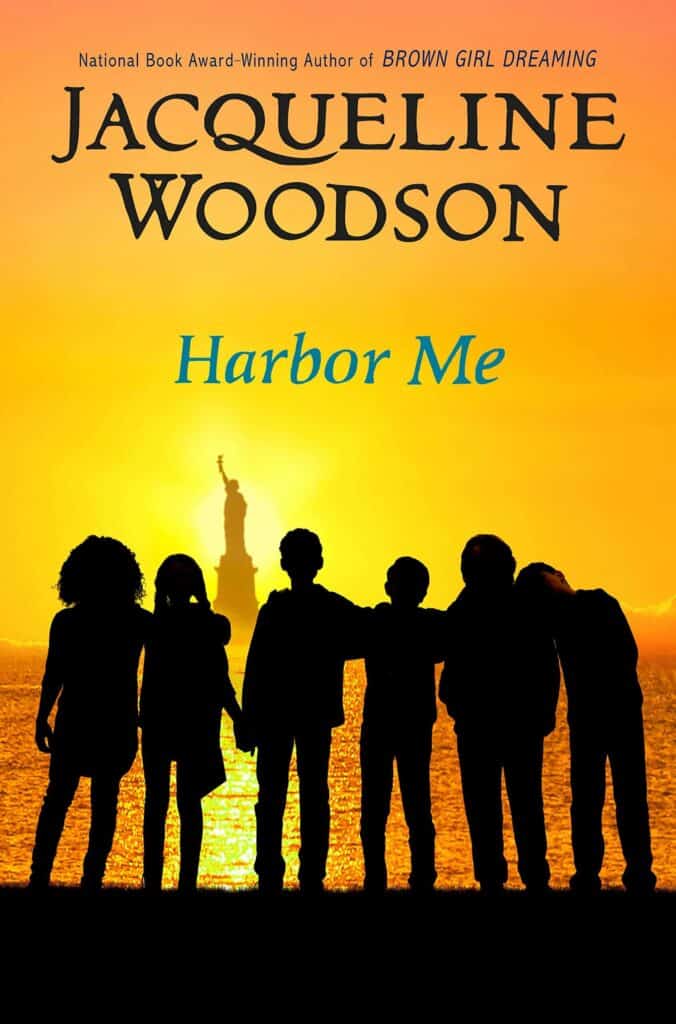
Harbor Me by Jacqueline Woodson
LEARNING DIFFERENCES
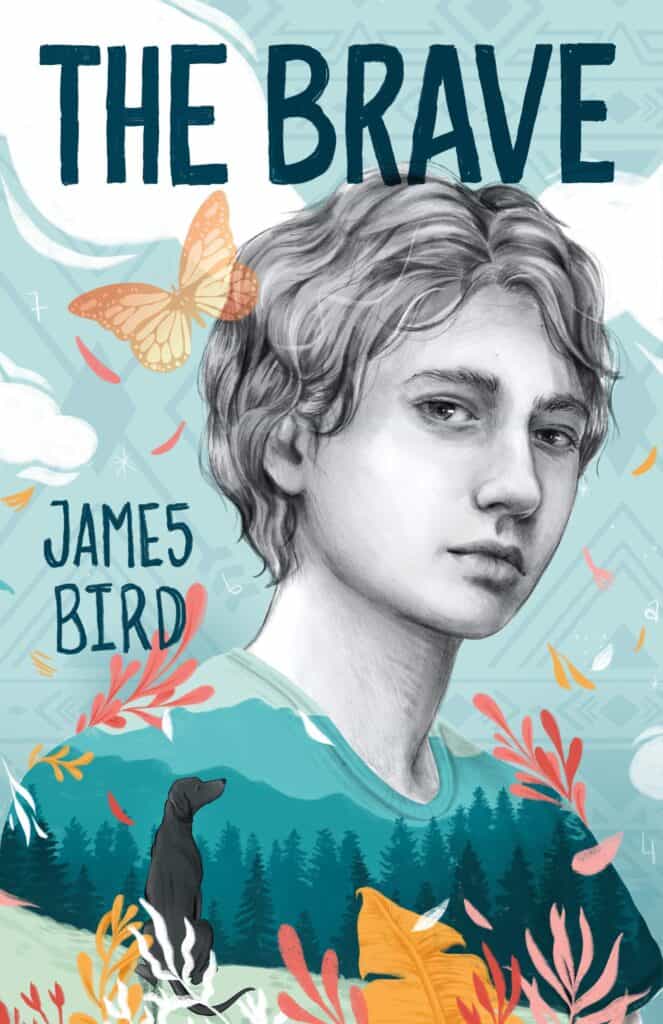
The Brave by James Bird
NEURODIVERSITY
Run out to get this absolutely jaw-dropping, stunningly beautiful book with a main character you’ll fall in love with (and whose character arc is HUGE.) It’s filled with metaphorical, meaningful, and symbolic writing and you will feel ALL the feelings. When Collin, a boy who counts every letter spoken to him and says the number out loud, gets kicked out of yet another school, his neglectful father sends Collin to live with his mom. Collin has never met his mother but he’s curious to meet her and live on the Ojibwe reservation. Living with her is a totally different experience than his previous home — because with his mother, he’s welcomed and not judged. He befriends the neighbor girl who teaches Collin how to be brave. Which he needs. And so does she because she’s going to be a butterfly soon…

Absolutely Almost by Lisa Graff
LEARNING DIFFERENCE
Albie struggles with learning which affects his self-esteem. But his babysitter Calista, helps him discover his gifts and that makes a big difference in his life.

Close to Famous by Joan Bauer
READING ISSUES / ILLITERACY
Foster loves cooking and wants to be on a cooking show but she’s hiding a secret — she can’t read.
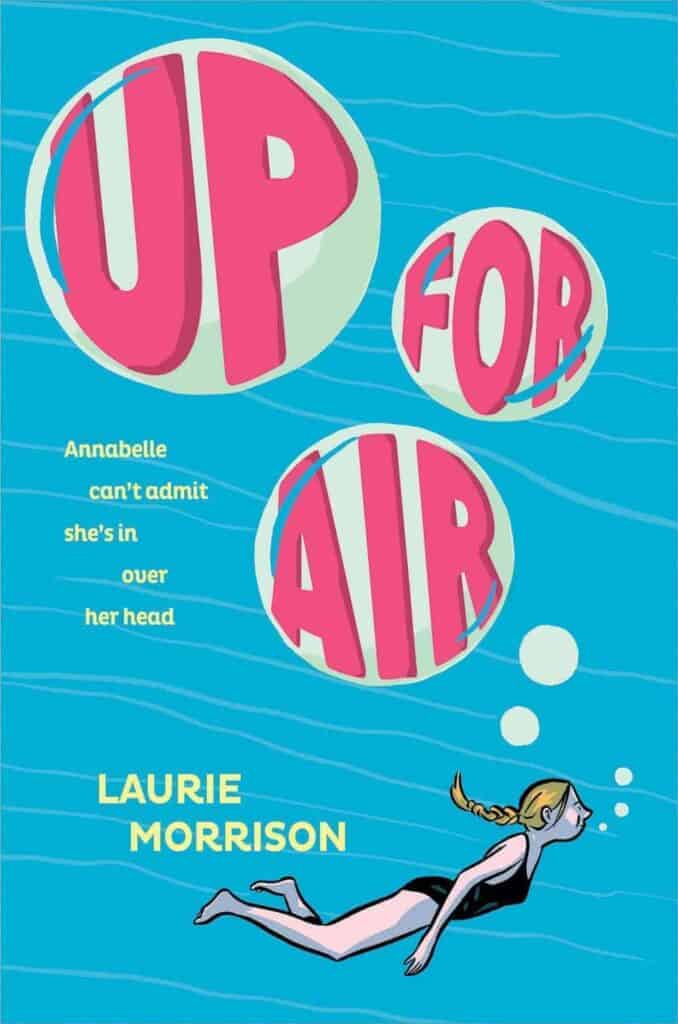
Up For Air by Laurie Morrison
GENERAL LEARNING DIFFERENCE
Annabelle is a child of divorce who doesn’t see her father due to his drinking problem. She’s figuring out friendships and belonging, aware that she doesn’t fit in at school because of her learning disabilities. Fortunately, she does fit in at the pool on the older kids’ swim team.
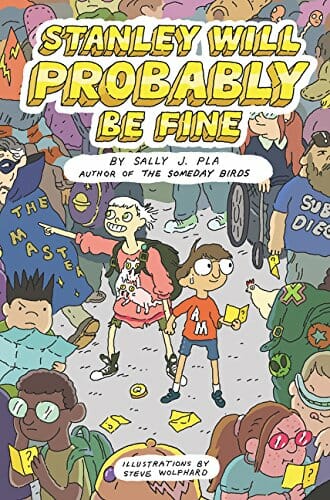
Stanley Will Probably Be Fine by Sally J. Pla, illustrations by Steve Wolfhard
SPD
Comic book geeks and kids with sensory processing disorder (SPD) will find a kindred spirit in Stanley Fortinbras. He reluctantly agrees to compete in a comic book trivia contest in order to save a friendship–even though large crowds make him very anxious. In the end, his friend ditches him but Stanley and his new homeschooled neighbor work together to finish. (It’s not entirely believable based on my own experiences with my daughter who can’t overcome her sensory issues just because she has a friend there…)
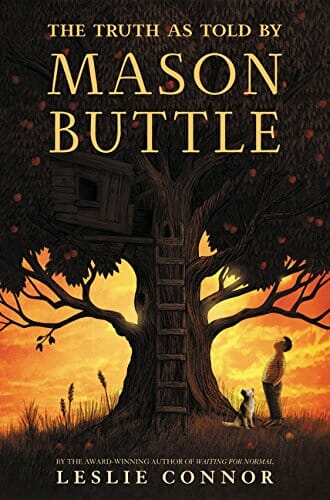
The Truth as Told by Mason Buttle by Leslie Connor
LEARNING DIFFERENCES
Mason’s a big kid with severe learning disabilities, an overactive sweat gland, and a dead best friend named Benny. As the story progresses, Mason’s confusion grows at why the police continue questioning him about the day his friend died. But something good happens when Mason befriends another student who is also bullied by the neighbor boys. This story is both about their growing friendship and the truth about Benny’s death…

Eleven by Patricia Riley Giff
READING ISSUES
11-year-old Sam can’t read well enough to determine if the hidden documents in his grandfather’s attic prove that he was kidnapped from his real parents. Who can he trust to help him?
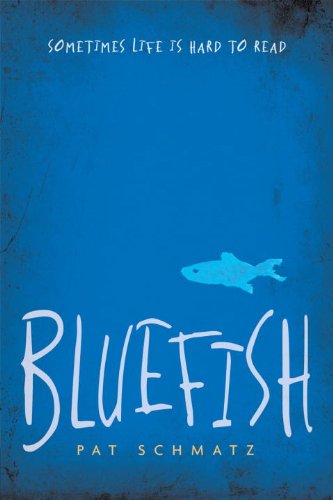
Bluefish by Pat Schmatz
READING ISSUE – ILLITERACY
13-year-old Travis can’t read until he meets Mr. McQueen, a teacher who helps Travis learn.
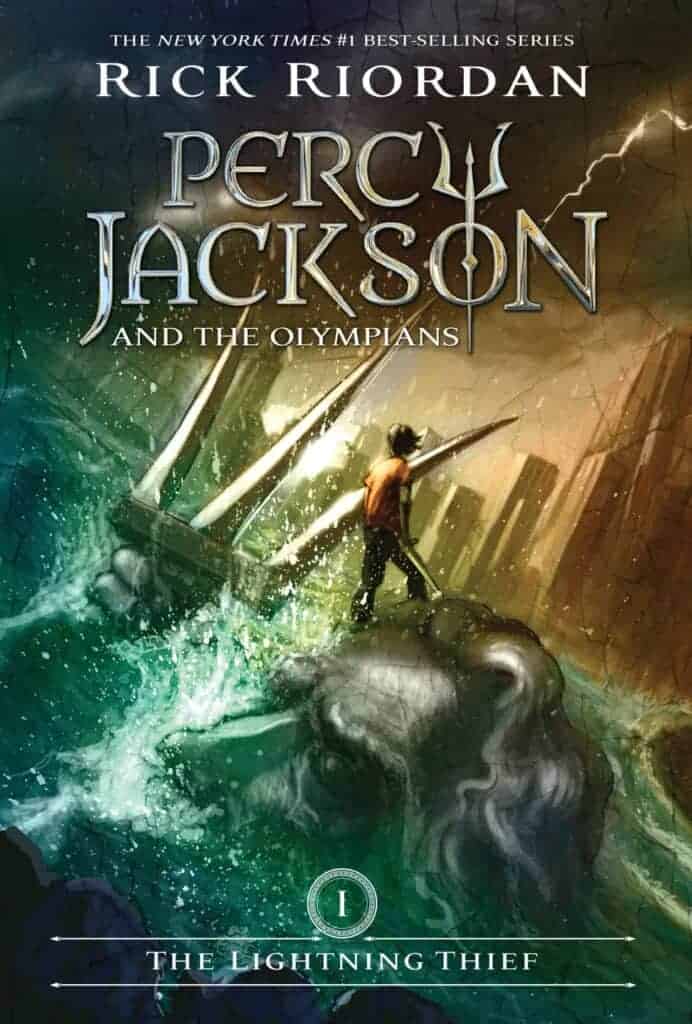
Percy Jackson series by Rick Riordan
ADHD, DYSLEXIA
This is a thrilling adventure about an ADHD boy who is a half-human, half-Greek god, questing to save the world and stay away from the monsters trying to kill him.
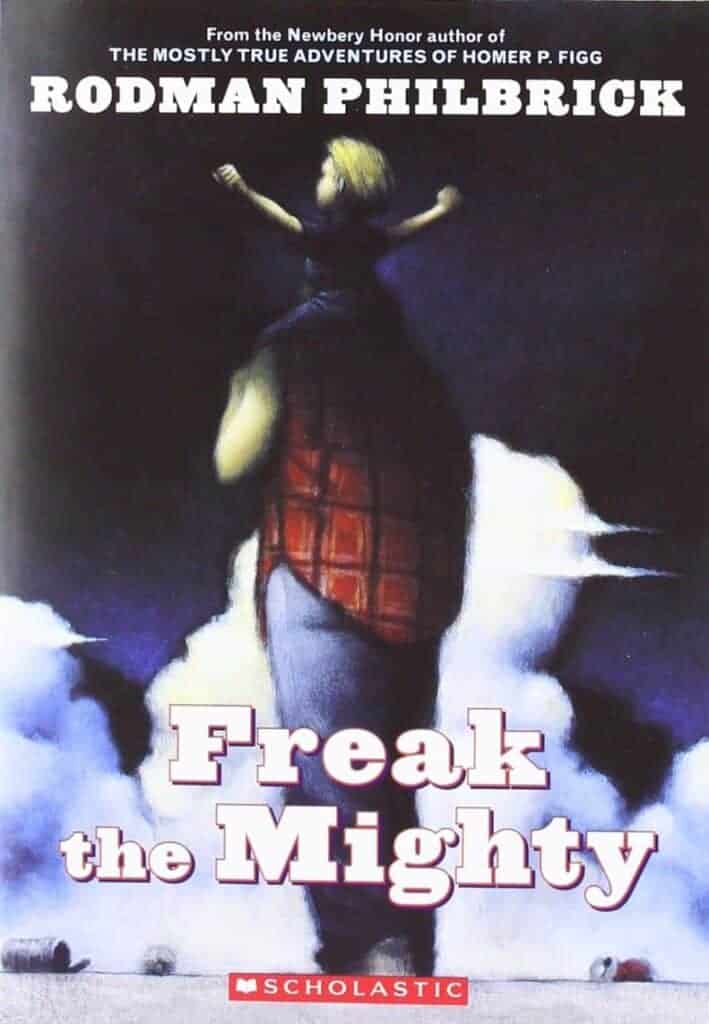
Freak the Mighty by Rodman Philbrick
LEARNING DISABILITIES
This is a moving story of a friendship between a large boy with learning disabilities and a very small boy with physical disabilities. Together, they overcome the bullying at school. Sad but powerful.

Playing Tyler by T.L. Costa
ADHD
Focusing is hard, even with his ADHD medication. Then, Tyler finally finds something where he can focus — video games.

You Might Also Like:

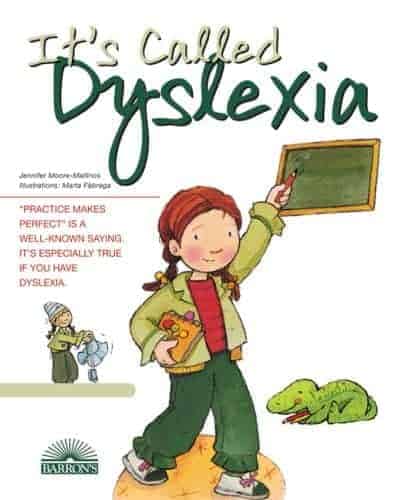
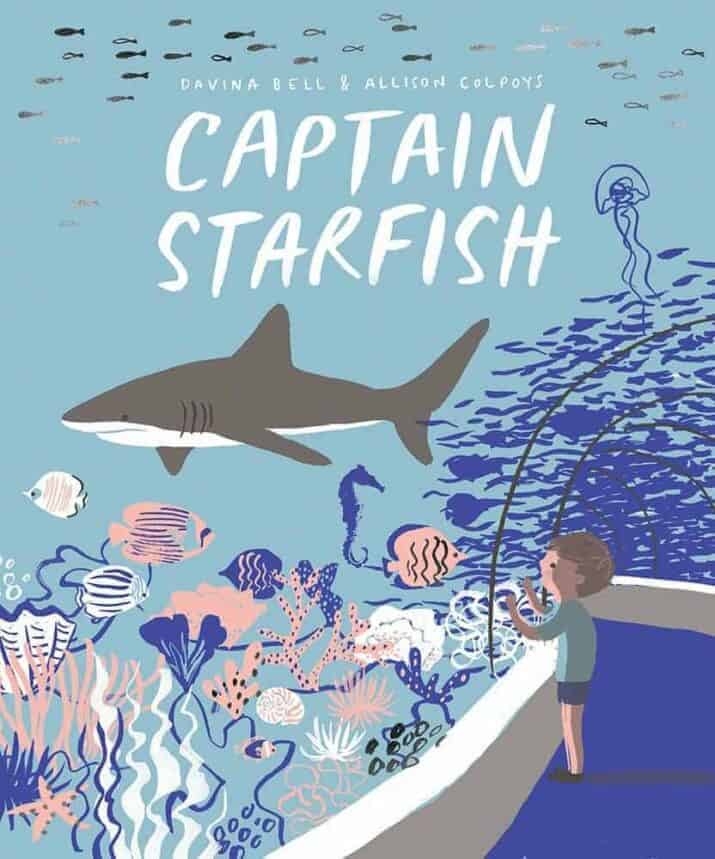
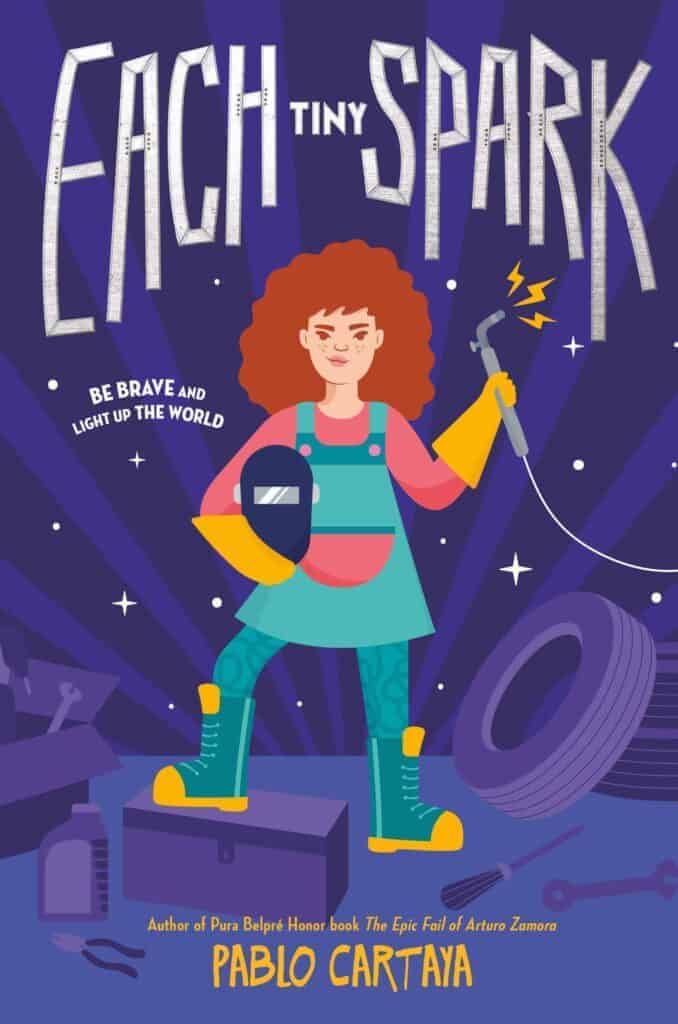

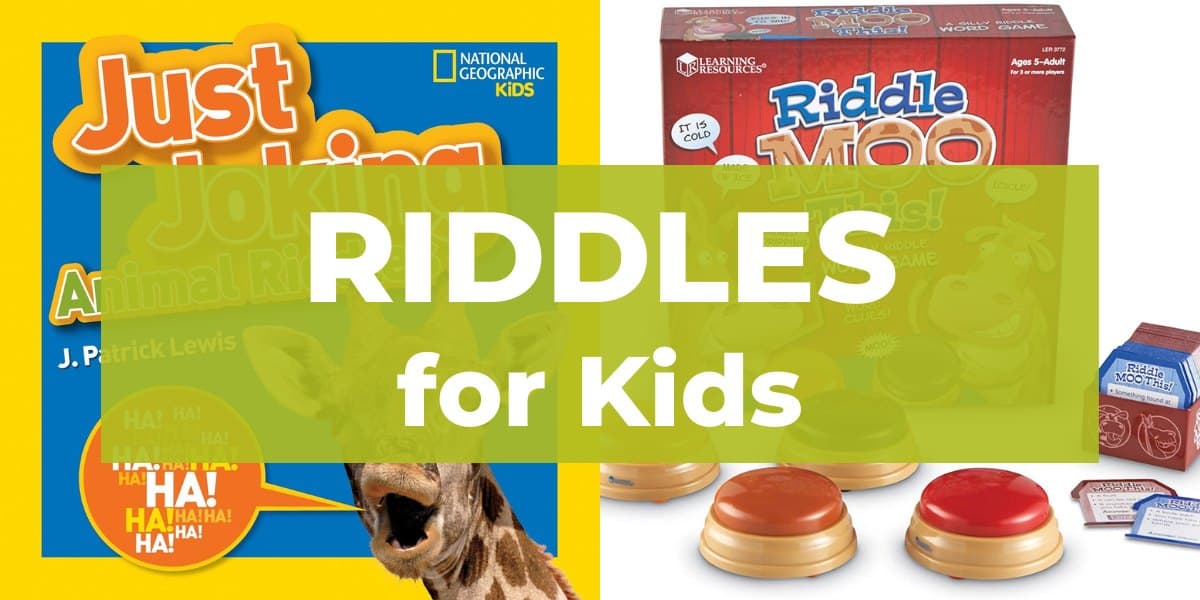
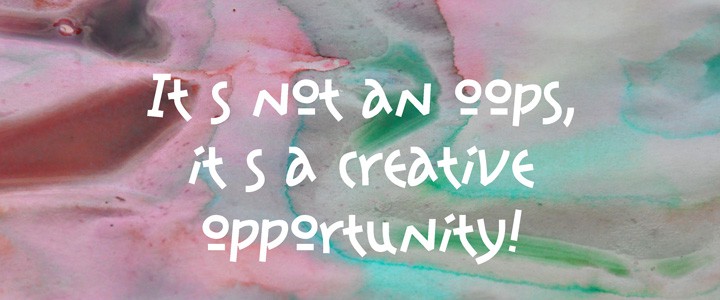

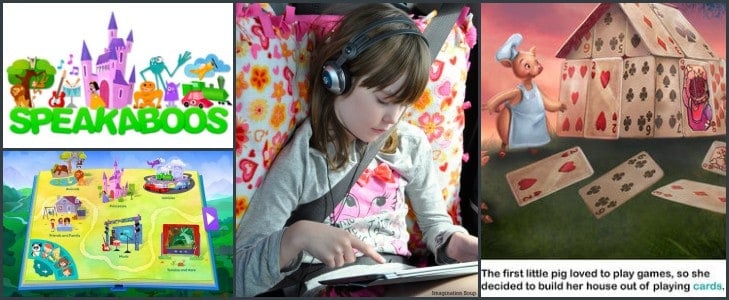
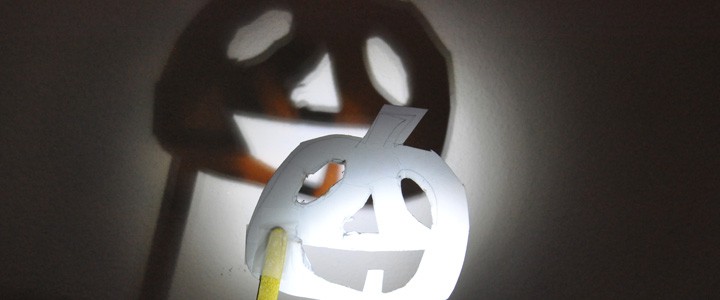

Hi Melissa,
Thank you so much for this list. I will definitely be sharing it to our Bacalen Books: The Story Weavers social media pages! I am a science communicator and mother of two children who have a learning difference known as perceptual dyslexia. My husband also has it and has managed the symptoms for more than 20 years with his specially tinted lenses. The Story Weavers of Bacalen is a middle grade book series co-authored and published with my two junior authors. This adventure series focuses on six children from across the world who need to keep their glasses on to save the world and its people. Our learning difference heroes have special gifts which enable them to speak to books, ride book return chutes around the world and complete a dangerous quest – to find six ancient story-threads that have been stolen from a star hidden deep within Earth. If their quest fails, then this story will be the last one the world will ever know!
During this time of Covid uncertainty each week we have been uploading a chapter of the first adventure. We hope that it will empower and support readers with learning differences and foster tolerance and acceptance in all readers.
Visit http://www.bacalenbooks.com.au/miss-paiges-resources to ride the book return chutes with our learning difference adventurers! There are codes and puzzles to solve in the stories and hints found in the teaching resources page.
Welcome to Bacalen (an anagram of balance – something we need a bit more in our lives at the moment!).
thank you so much for sharing!
My MG novel, DIFFERENT, is about a young girl with Tourette Syndrome. This neurological disorder is vastly misunderstood. Most people, thanks to TV and movies, thinks it’s yelling out curse words at inappropriate times. That’s does happen, but it’s a small percentage of those dealing with TS. There are both physical and emotional/neurological conditions associated with TS, and it most definitely effects learning. The physical tics can cause a child to consistently lose their place while reading, doing math, or taking tests. The other conditions, such as OCD, can add hours to homework if the child feels the need to hand in a perfect paper, or get a zero in the test because the child is stuck on writing his or her name. That’s just a little of what goes on in the life of a child with TS. I would be happy to send you a copy of my novel if you would like to review it. You can read more about it on https://www.amazon.com/Different-Janet-McLaughlin/dp/0999577328/ref=sr_1_1?keywords=Different+by+Janet+McLaughlin&qid=1566651876&s=books&sr=1-1 Thank you for shedding light on these difficult disorders.
Janet,
Ooooh, I’m so excited to read this book. Yes, please! Can you email me– melissa@imaginationsoup.net. xo
Thank you for sharing about your novel, Janet.
Great list! I’d like to suggest an excellent middle-grade novel on a topic that hasn’t been addressed often, Tourette syndrome. DIFFERENT, by Janet McLaughlin. You can buy from Amazon or directly from the publisher. It’s been endorsed by various organizations- and it’s a fun read on a serious topic. https://www.amazon.com/Different-Janet-McLaughlin/dp/0999577328
Have you compiled the list for Autism and SPD books yet? If so, could you please point me in that direction? I would love to have a few picture book suggestions for helping kids understand my sons and my sons understand themselves a bit better. Thank you so much for your post on these subjects. They have been so helpful.
Yes, here is the link: https://imaginationsoup.net/2018/02/15/books-kids-characters-autism-spectrum/ for autism. I’ll add SPD next and let you know.
yes — https://imaginationsoup.net/books-kids-characters-autism-spectrum/ for kids on the spectrum. There aren’t enough books about SPD yet but I am looking forward to a new book by Jamie Sumner called Tune It Out, out in September. I haven’t read it but I know the author and predict that the novel will be accurate and amazing.